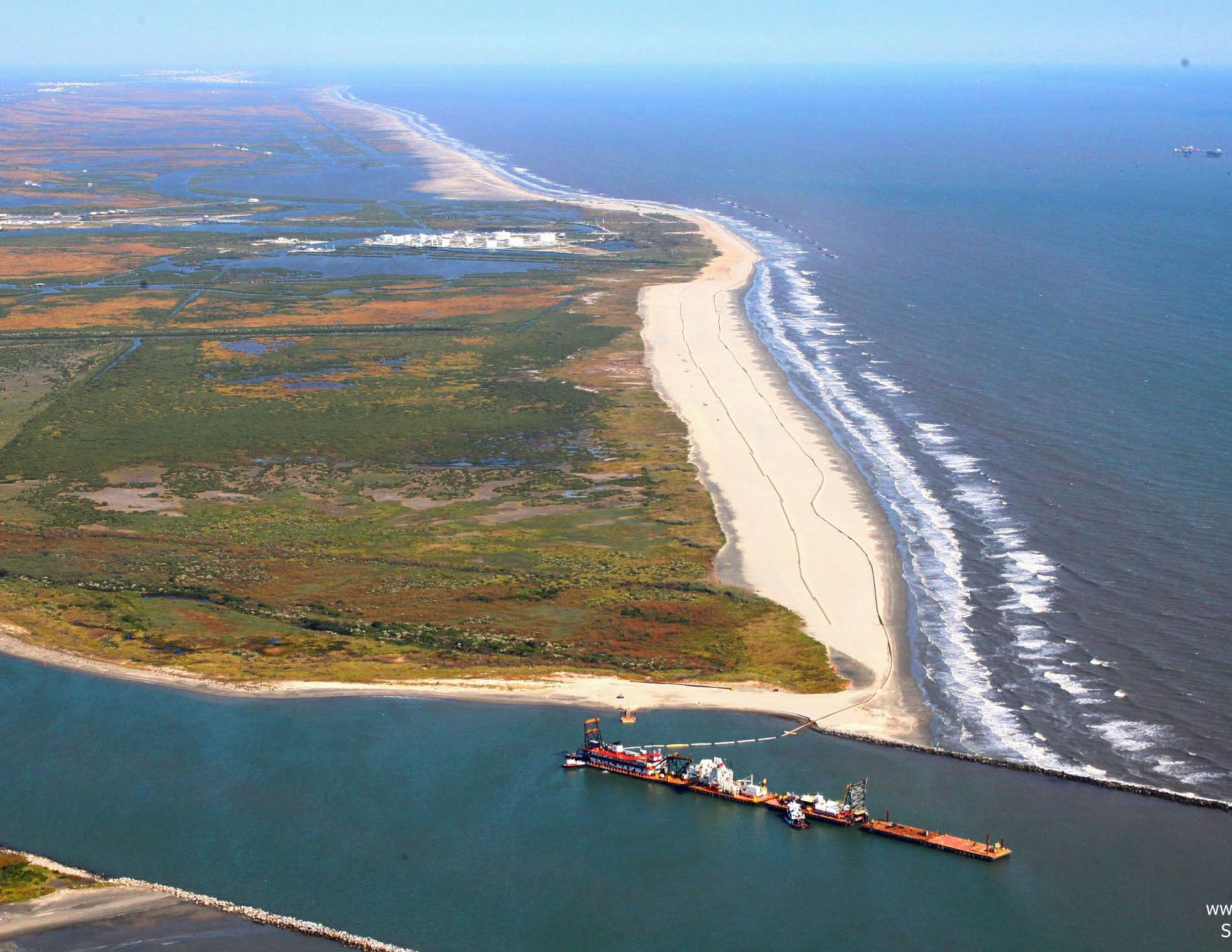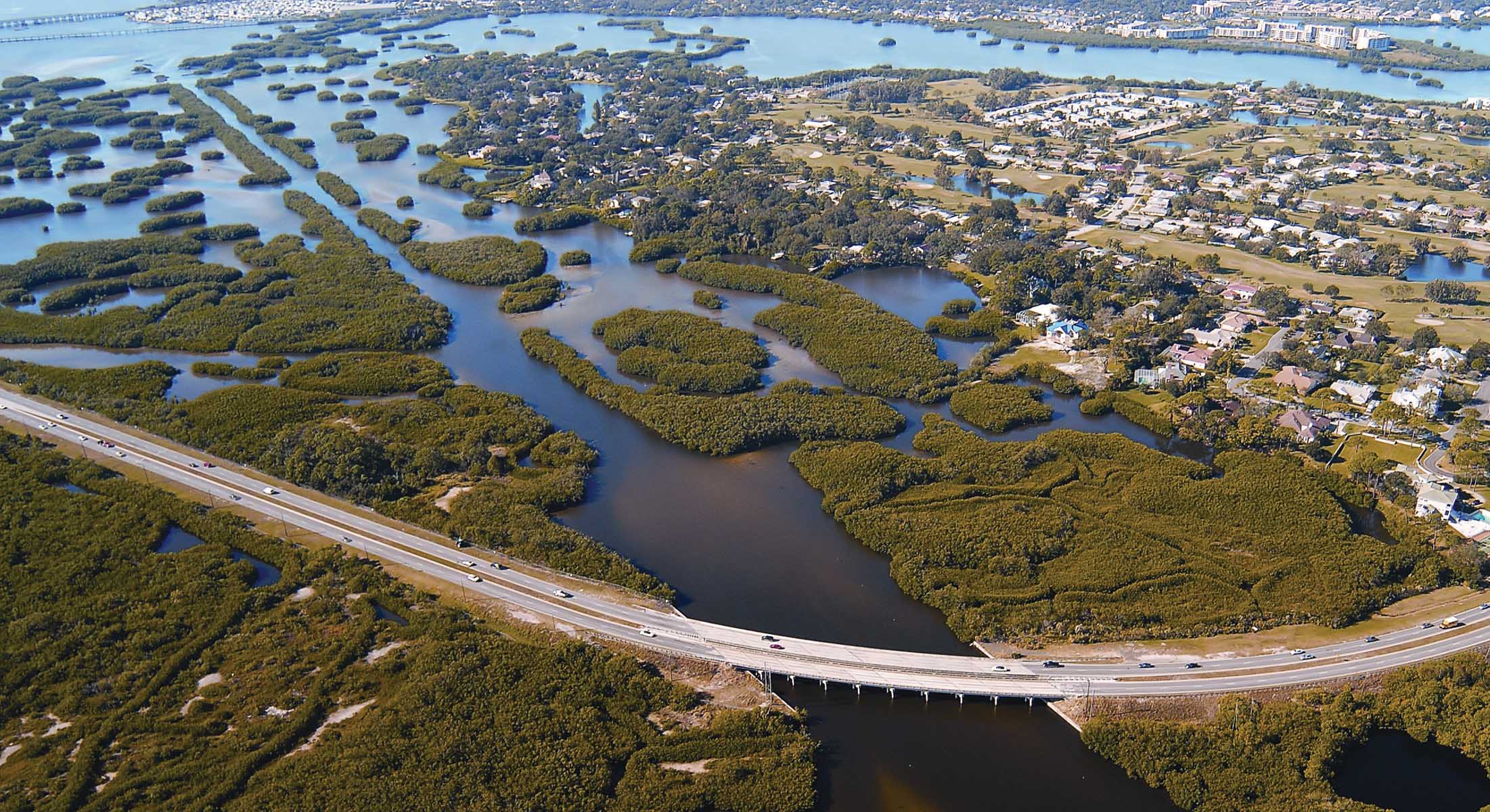As we approach the end of February, the Federal Emergency Management Agency (FEMA) is set to close the Notice of Funding Opportunity (NOFO) for the Building Resilient Infrastructure and Communities (BRIC) program for Fiscal Year 2023 (FY23). This year’s NOFO unveils significant updates that improve the enabling conditions for nature-based solutions and fine tune the program’s technical criteria to enhance national competition project evaluation, bolstering the nation’s resilience against hazards.
The NOFO provides that $1.0 billion is available for the FY23 national competition. This year’s funding level is a decrease from last year’s $2 billion in available funding, which is primarily attributed to a one-time surge from COVID-19 disaster declarations.
Nature-Based Solutions for Landscape-Scale Resilience
A notable shift in this year’s national competition technical criteria is the introduction of a tiered approach to evaluate nature-based solutions. While neighborhood or site-scale projects will receive up to five points, watershed or landscape-scale projects are eligible for 15 points, out of a total 100 points. This updated evaluation differs from the current blanket approach, which provides 10 points to projects with nature-based components, regardless of scale.
As interest in nature-based hazard mitigation projects continues to increase, this refinement to the technical criteria is a welcome development to continue to encourage additional landscape-scale nature-based solutions. It also appropriately enables a more meaningful differentiation between projects that are largely structural with a smaller nature-based feature (like a rain garden), and projects that use nature-based solutions as a primary risk reduction strategy.
To learn more about BRIC’s FY22 project selections with nature-based components, check out NWF’s analysis here.

Building Codes
In addition to the state, territory, and Tribal set-asides, there is a new “plus-up” funding category dedicated to the adoption and enforcement of building codes that will provide up to $2 million per state and territory and $25 million for Tribal Nations. These funds represent a one-time opportunity for applicants to improve their building codes, as unused funds will not flow back into the national competition.
The updated national competition technical criteria also reflect a number of changes to help level the playing field for local applicants that are in states without updated state building codes. In previous years, applicants were allocated 20 points if the applicable state, territory, or Tribe had a mandatory, up-to-date building code adoption requirement. The updated criteria will now provide five points to applicants with local codes and an additional five points will be given for statewide codes. Even if an applicant does not fulfill these criteria, flexibility is enhanced as an applicant may still earn five points by demonstrating that they hold higher building code standards for the primary hazard identified in their subapplication, such as elevation requirements or prohibiting fill in the floodplain.
Capability and Capacity Building
To further enhance community capacity, the NOFO mandates that states and territories use $1.5 million out of their $2.0 million allocations specifically towards activities related to capability and capacity building, like planning, project scoping, and partnership building. In addition, FEMA will be providing Direct Technical Assistance (DTA) to 80 communities — double the number of communities who received this type of assistance in the previous cycle.

Community Disaster Resilience Zones
For the first time, the FY23 NOFO also includes the new Community Disaster Resilience Zones (CDRZ) Program, requiring each state and territory to dedicate at least $400,000 of their allocation to activities benefiting designated CDRZs. Similar to FEMA’s policy for Economically Disadvantaged Rural Communities (EDRC), projects benefitting designated CDRZs will receive a reduced non-federal cost-share, with FEMA covering 90% of the costs instead of only 75%. Project benefiting designated CDRZs will also receive 40 prioritization points (out of 100) for the national competition.
National Wildlife Federation looks forward to seeing what hazard mitigation efforts nationwide benefit from this latest round of BRIC funding.
If you would like to learn more about the versatility of nature-based solutions and their hazard mitigation benefits at various scales, read NWF’s latest report, The Versatility of Nature-Based Solutions: Protections and Benefits from the Parcel to Community Scales.

